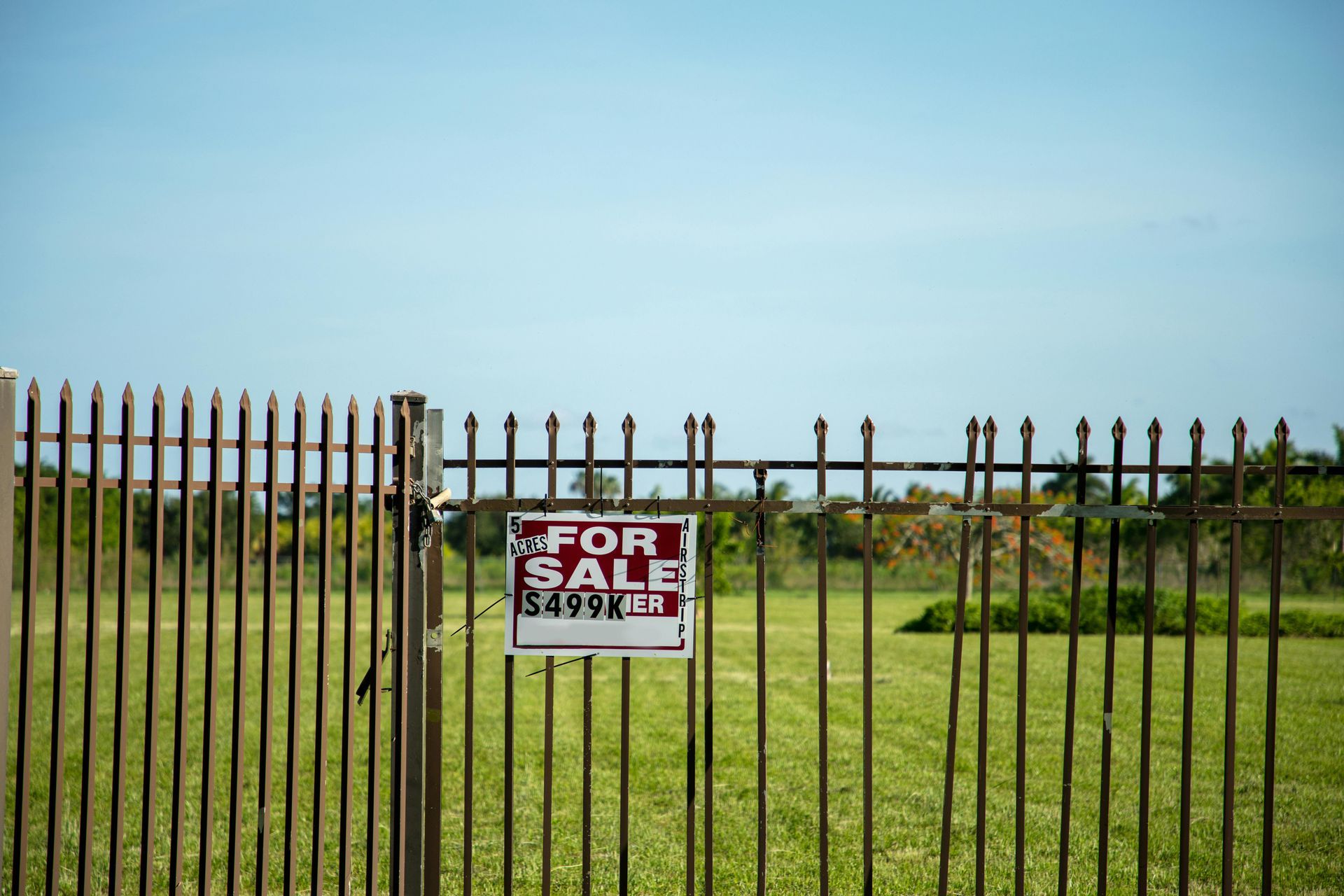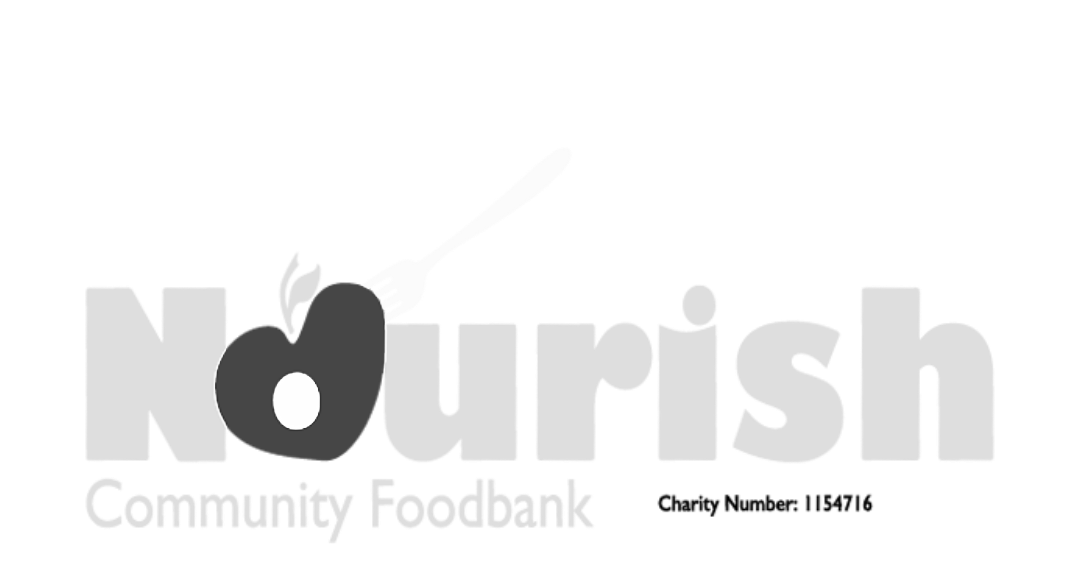31/1/18 – a deadline not a target!
31st January – dealing with personal tax affairs
It wouldn’t be January and I wouldn’t be dealing with personal tax affairs if I didn’t at some point write this blog.
For many the 31st of January does become a target rather than a deadline and some who haven’t yet started their returns are jokingly boasting about how close to midnight they may be able to get before filing. Be careful with this approach though as already HMRC systems are feeling the brunt of the January filing frenzy and the risk of them going down is ever increasing!
Here are some recommendations to help you avoid the January filing crunch:
- Have a separate bank account for your business. Many people still mix business with pleasure and we all know how well that can turn out! If you are still pushing the deadline you can download your records into a spreadsheet and quickly work through your transactions; this is far more time consuming if you have to first weed out personal expenditure.
- Use software even if your business is still quite small. I would recommend a cloud based system such as Xero as this uses bank feeds which will automatically update your records with the statement lines from you bank. You then simply tell Xero what these are for and, hey presto, your records are completed. There are also further functions in the software which streamline the job even further.
- Keep your records up to date each month. Yes, it is a discipline but will make life so much easier in January. Using software such as Xero will mean that, in a couple of hours on a Sunday afternoon, over tea and biscuits, you could get your books up to date for the month and treat yourself to a glass of wine to celebrate.
- Seek professional advice if you’re stuck. In a previous blog (2nd October) I explained about the Revenue’s simple assessment form which will already be part completed for you. Although this sounds like an answer to prayer there are already questions on how correct the populated data will be. This once again leads me back to a fundamental; you can’t beat the assistance of a professional who will know what your can claim, what you can’t . . . and what sometimes sits in the middle! Do seek advice from us, the professionals! There is no charge for an initial phone call which may be all you need.
With only a couple of returns to complete I’m pleased that my clients have, for the most, followed the advice above; I also know how grateful they are not having to complete the returns, as shown by the lovely gift I received just last week. If you are still in that position where your return looms over you then perhaps next year adopt a different approach and wear that halo of smugness while all around are once again aiming for the target.
If you are struggling to finish your return or are not sure on what to do please contact us urgently. There are sometimes good reasons why a return is filed late but it is far easier to deal with such situations in negotiation with The Revenue and this will also mean strict fines can be averted.










